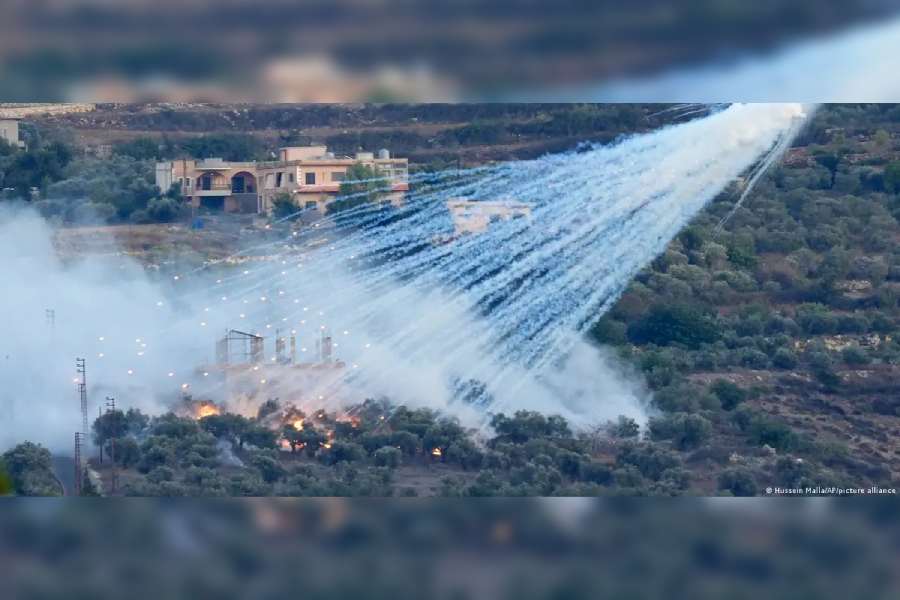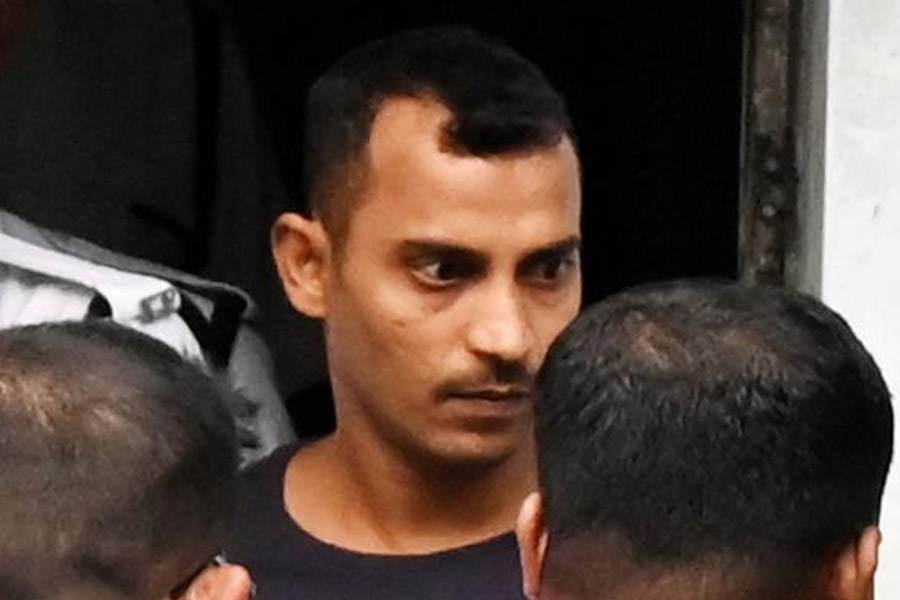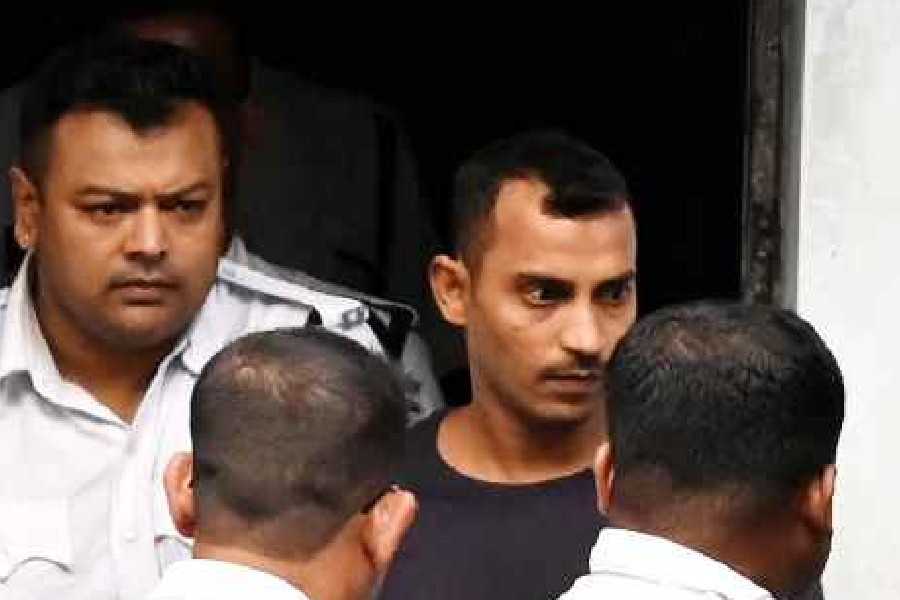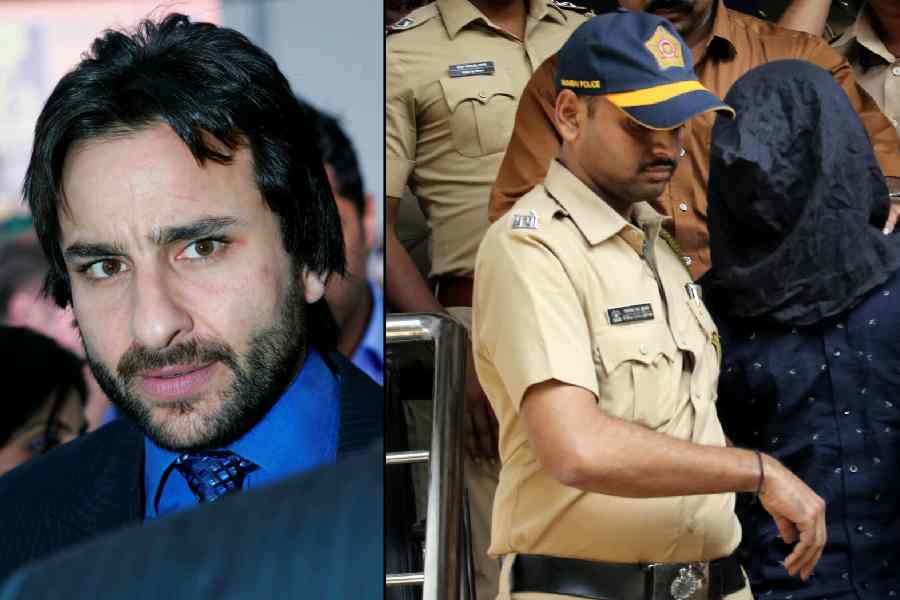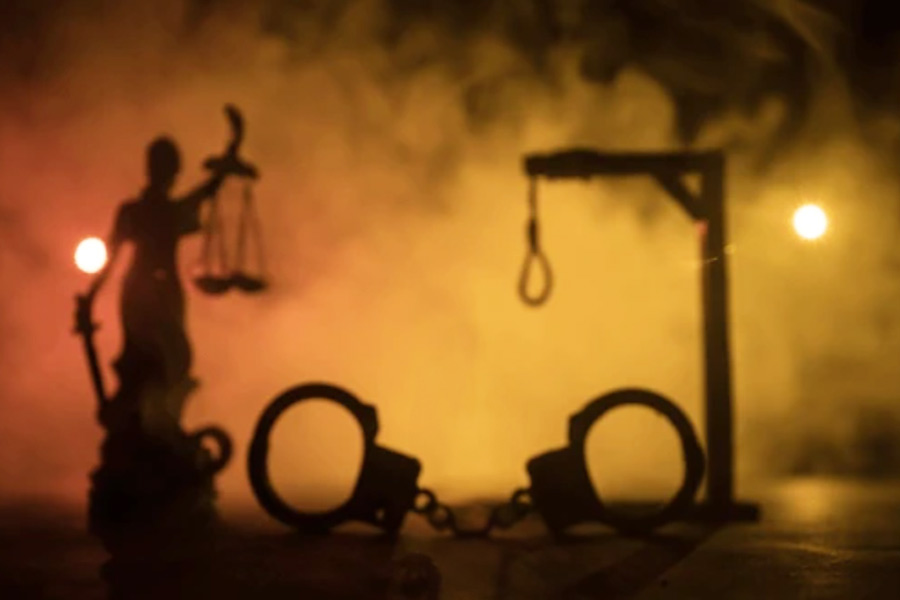There has been a steady exchange of fire between Israel and Hezbollah militants in Lebanon over the past few days.
It began shortly after the Islamist militant group Hamas, which is classified as a terrorist organization by the US and the European Union, launched a large-scale attack on Israel on October 7.
On October 8, Lebanese sources reported Israeli strikes on southern Lebanon and a fallen shell in the village of Khiam.
The Iran-backed Lebanese militant group Hezbollah has since claimed responsibility for several rocket attacks on northern Israel.
The Israeli Defense Forces (IDF) have responded by shelling more targets in southern Lebanon, killing several Hezbollah militants.
The recent clashes are the most critical escalation since the 2006 Lebanon War, which left some 250 Hezbollah militants and over 1,000 Lebanese civilians dead as well as about 160 Israeli soldiers.
Hezbollah, which operates as a political party with over 60 seats in Lebanon's parliament, also has an armed wing that possesses a vast arsenal of rockets and comprises thousands of experienced fighters. Several countries, including the US and Germany, have designated Hezbollah a terrorist group.
Exchange of fire 'intensifying' between Israel and Lebanon
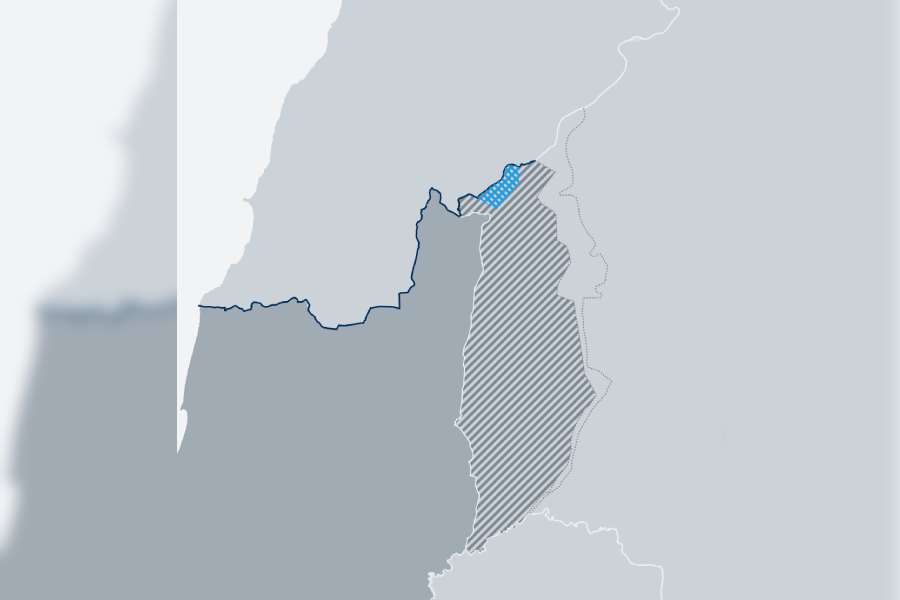
"We are observing intense exchanges of fire between Lebanese territory and Israel," the United Nations Interim Force In Lebanon (UNIFIL) said in a statement on October 15, after its headquarters in the Lebanese town of Naqoura was hit. "Regrettably, despite our efforts, military escalation continues."
"Our peacekeepers were not in shelters at the time. Fortunately, no one was hurt," the statement said.
Earlier the same day, Hezbollah claimed responsibility for launching a missile into Israel, killing a man in the border town of Shtula. The Islamist miitant group said the attack was retaliation for an Israeli strike that hit a group of journalists near the village of Alma-al-Shaab.
A Reuters video journalist was killed in the attack, prompting the London-based news agency to file an investigation. Five other journalists were wounded.
The Lebanese military said Israel carried out the strike. Israeli officials said they were looking into the incident.
On Monday, the Israeli army announced that almost 30 communities within two kilometers of its northern border with Lebanon will be evacuated, designating the area a military zone.
Blue Line
The border area between Lebanon and Israel remains volatile and disputed, with sporadic clashes frequently erupting.
There is no official border between the two countries. Instead, there is a demarcation line called the Blue Line, which is marked by blue barrels. Stretching about 120 kilometers (about 75 miles) along Lebanon's southern frontier, it was established by the United Nations in 2000 to confirm the withdrawal of Israeli forces from occupied territories in southern Lebanon.

Israel has evacuated residents near its border with Lebanon, declaring the area a "military zone"
Lebanon contested the Blue Line, asserting that some of the farms around the border village of Shebaa belonged to its territory, and not to the Golan Heights, which Israel has effectively occupied since capturing the territory from Syria in 1967.
In 2006, Hezbollah militants crossed the Blue Line and kidnapped Israeli soldiers in a raid. Israel retaliated by launching a ground invasion into southern Lebanon. The month-long conflict ended with a UN-brokered cease-fire.
About 10,000 peacekeepers from 46 nations are currently stationed in the area.
Frequent clashes in 2023
Much of the conflict is centered in the area around the divided village of Ghajar, the Shebaa Farms and the Kfar Chouba hills, which are located along the border between Lebanon and the Golan Heights.
There had been numerous clashes between the Israeli army, the Lebanese military and Hezbollah forces in the months prior to Hamas' terrorist attack on Israel on October 7.
In July, the Israeli army completed the construction of a wall encompassing the northern part of Ghajar in the occupied Golan Heights, leading to protests by Lebanese farmers. In response, Hezbollah bolstered its military presence around Ghajar and Shebaa, which many Israelis considered a violation of the UN-established security regime that ended the 2006 war.
There has been speculation about whether Hezbollah would be prepared to initiate a full-scale war against Israel, or will stick to launching limited strikes from Lebanon to avoid a more robust Israeli response.

